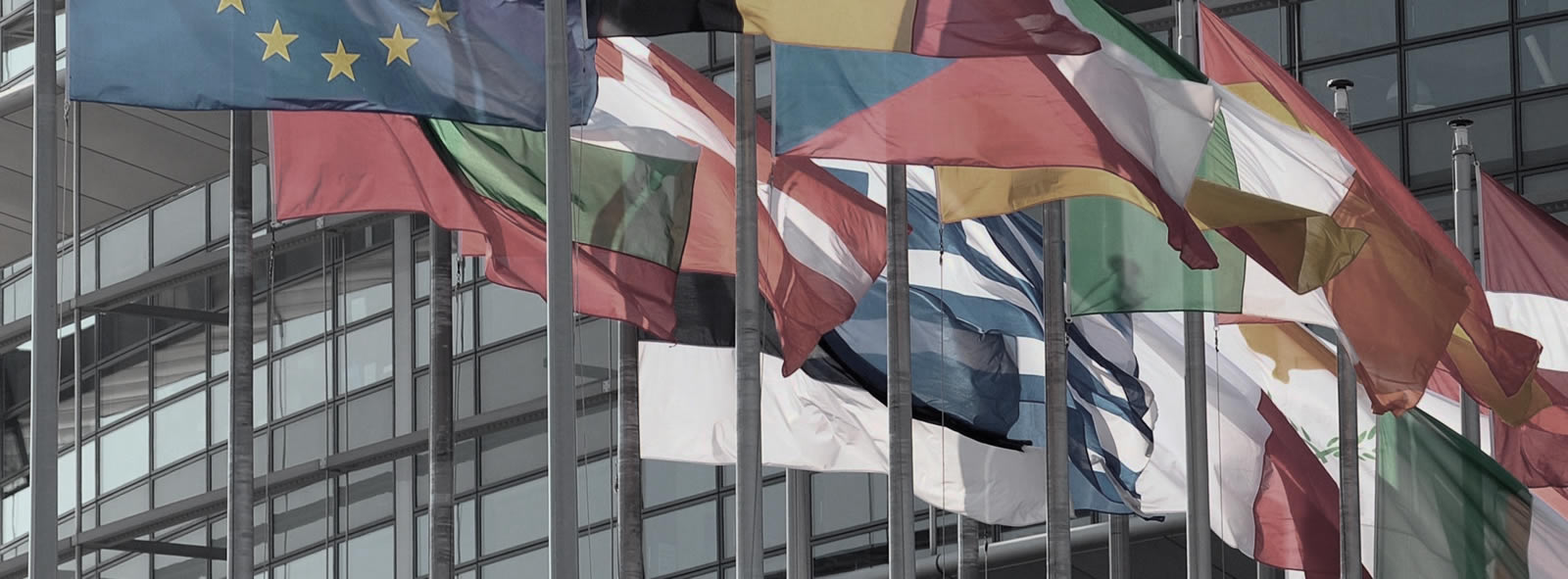11 Feb 2019 EUROSMART feedback on Draft Delegated Regulation on deployment and operational use of cooperative intelligent transport systems (C-ITS)
Cooperate Intelligent Transport Systems (C-ITS) are an important area of development for many market players such as the automotive, telecommunication and digital security industries. The upgrade of the EU road infrastructures and all their surrounding intelligent systems is a key challenge that will enable a wide and fast development of vehicle-to-infrastructure (V2I), vehicle-to-vehicule (V2V), infrastructure-to-infrastructure (I2I) communications, as well as increasing interactions with the whole road environment and traffic: pedestrians, cyclists etc. (vehicule-to-everything; V2X);
C-ITS undeniably leads to a hybrid communication approach which processes a wide range of data in a very short time. For these reasons, Eurosmart pays a particular attention to the way data will be transmitted and handled. Good practices from the e-call regulation should inspired all the upcoming C-ITS regulatory approaches.
Eurosmart particularly welcomes the involvement of the Joint Research Centre (JRC) when it comes to the design of PKI to support the placing on the EU market of interoperable and compatible ITS stations. JRC has long track of records in developing PKI, for instance in the definition of “Smart Tachograph – European Root Certificate Policy and Symmetric Key Infrastructure Policy”.
Main points
Eurosmart is looking forward to the definitive proposal of the European Commission for an act regulating cooperative transport systems C-ITS in the European Union.
The Draft Delegated Regulation paves the way for a complete and better-defined framework governing ITS in the Member States, by clarifying the requirements needed to implement technologies falling into the scope of the ITS Directive 2010/40/EU.
Eurosmart focuses on following points:
· Interoperability: clear and coherent communication between roads and vehicles. C-ITS market fragmentation is an impediment to road safety.
· Solid Public Key Infrastructure allowing certified companies to securely exchange data;
· Compatibility:
investment in C-ITS is long-term, as vehicles and road-side equipment have long life cycles.
Future technologies have to operate with deployed equipment preventing road safety disruption.
· Security: resilience of the C-ITS system against information security incidents throughout the life cycle. C-ITS requires a cybersecurity infrastructure that ensures C-ITS stations can check if other C-ITS stations send truthful messages. This system shall cover vehicles and roads, no matter the country, no matter the vehicle brand, no matter the communication technology used.
· High security on the road needs the approach of ISO/IEC 15498, concrete CC, at least EAL4+.
· Better synergies between transport and telecom infrastructure: TEN-T Policy and CEF II 2021-2027 shall be the main contributors to trigger a joint strategy in the two sectors;
· Harmonization: C-ITS shall not causing radio interference to electronic road charging systems already deployed in Europe and the digital tachograph, that is mandatory in trucks in the EU
· A new protection profile (PP) should be deployed, to capture a uniform and long-lasting security level in the European Economic Area. A possible reference in this field could be the EU tachograph, in respect to the Regulation (EC) 2135/1998 and being used today in 52 states
· Electrification and influence on the Smart Grid with reference to the Smart Meter Gateways in all Member States (e.g. with link to European roll-out plan), including expected secure interoperability between the Grid, SMGW, charging stations and vehicles.
Eurosmart appreciates the Delegated Act following the hybrid communication approach outlined in the 5G Action Plan COM (2016) 588, where mature ITS-G5 short-range communication for safety critical messages is complemented with existing 4G and in the future 5G long-range communication.
Eurosmart is also pleased that European Standardization Organisations (ESOs) have been participating in development of the European C-ITS infrastructure.
Eurosmart undertakes to collaborate with other companies on security implementation requirements of ITS stations in the draft Delegated Act and the role of Common Criteria therein, within industrial platforms like the Car 2 Car Forum Communication, so that both security and market conditions will be met.
2019_02_08CITS



